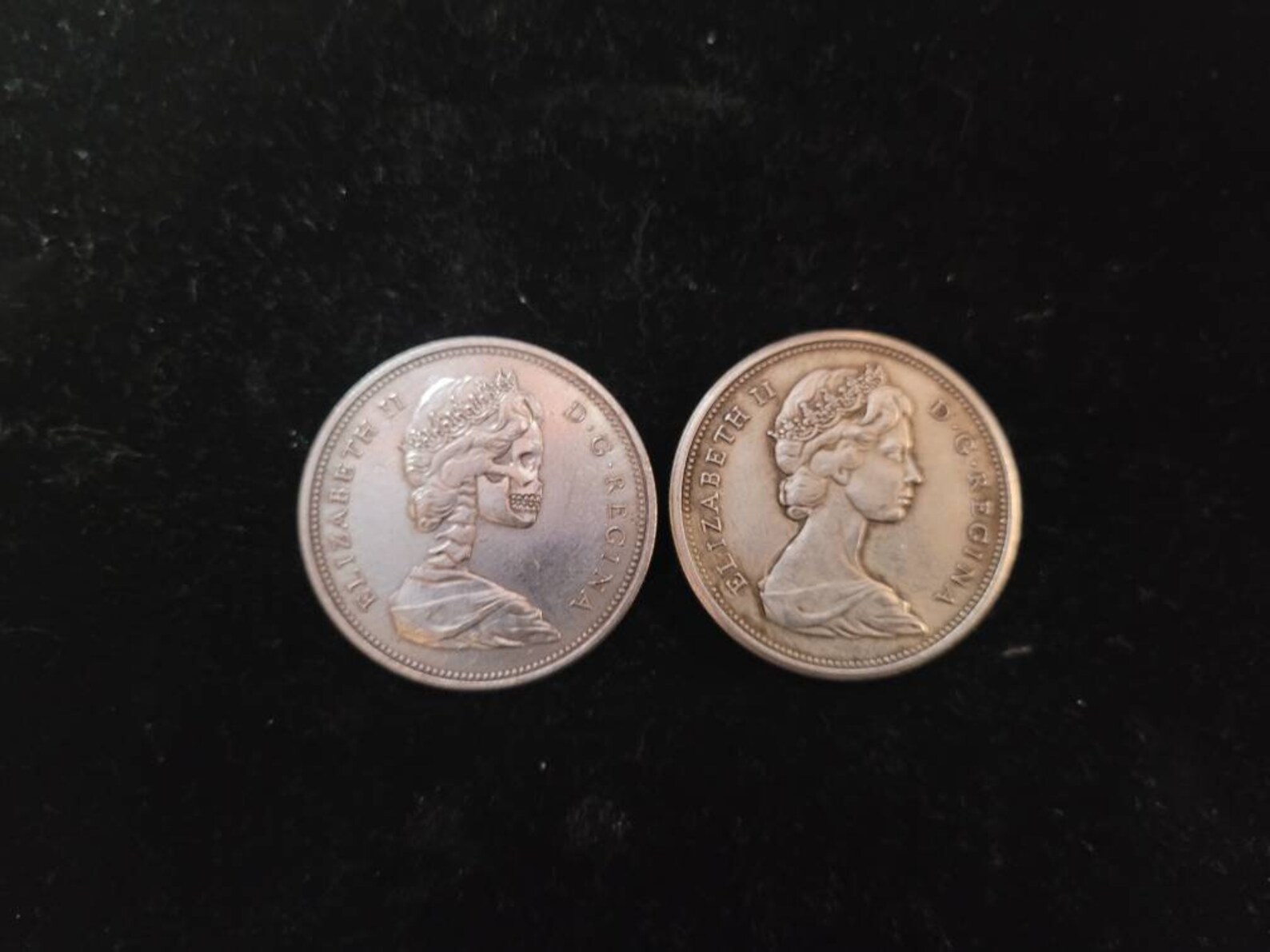

Thus, the method tick will automatically "slow" down your code, preventing it from "updating" again UNTIL enough time has elapsed such that the frame rate = 60 fps. Dang it! Thats more than 60 frames per second. If we calculate the FPS for this, it would be 1 frame/0.0157 seconds (if you are confused about why it is 1 frame, it is because we have only "updated" the user's screen once since the last calling of the tick method. So lets say it is now the 2nd iteration of this loop, and the tick method has measured that 0.0157 seconds has elapsed since it was last called in the first iteration.
Cant close coin tick code#
Ok, considering the code above, assume measures the time elapsed from when it was last called (60) # code that prevents our framerate from exceeding 60 fps () # displays all the changes we've made to the user Some code which deals with the objects and surfaces Lets assume the following loop: while True:
Cant close coin tick free#
This is geared towards beginners like myself, please feel free to correct me if I am wrong. I am a bit late, but I have an answer that I have come across based on my research. So, in brief, we could say the loop is controlling your game displayĪnd clock.tick() specifies how fast you want to change the game display

So what you should get running the first run "1 fps" is the counter variable should be around 10 "depends on your timing" and the second run at the end of the 10 second counter variable in your console should be around 100 So mathematically 1 fps for 10sec is 10 right and 10 fps in 10sec is 100 "duuh" So what we will do is we will make two runs one with frame per second equals 1 and the other with 10, and we will run the code for 10 seconds " I used my phone stopwatch to do this". GameDisplay = _mode((800,600))Ĭlock.tick(1) # will be 10 in the next run I know it is already answered but I wanted to explain something I tired import pygame However I m still a bit confused, other answers are welcome.
Cant close coin tick update#
So it seems clock.tick() just sets up how fast game should run or how often while loop should update itself, run through itself. I actually just tested it and get_ticks() still returns REAL time in mls no matter what fps you give to tick() - 0.1 or 30 or 60. I don't see the relation between fps and ticks. So clock.tick(40) means I "issue" 40 frames per second and the while loop runs 40 times per second? I'm a bit confused, does it mean that clock.tick() directly affects how many milliseconds have passed since the start of the game? By calling Clock.tick(40) once per frame, the program will never run at more than 40 frames per second. This can be used to help limit the runtime speed of a game. If you pass the optional framerate argument the function will delay to keep the game running slower than the given ticks per second. milliseconds have passed since the previous call. This method should be called once per frame. Returns the number of millisconds since pygame.init() was called.īefore pygame is initialized this will always be 0. Every pygame has a game loop that looks like this: while running:


 0 kommentar(er)
0 kommentar(er)
